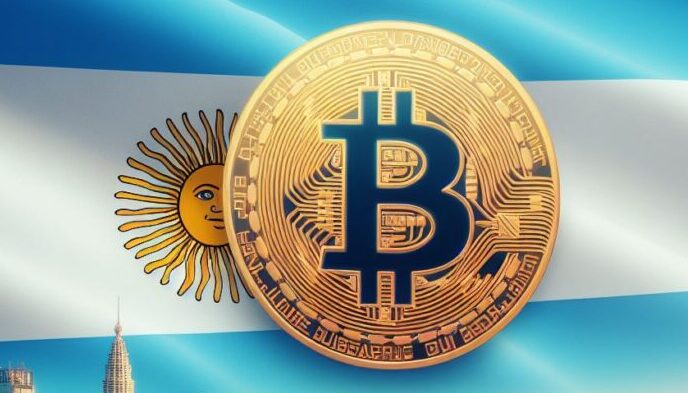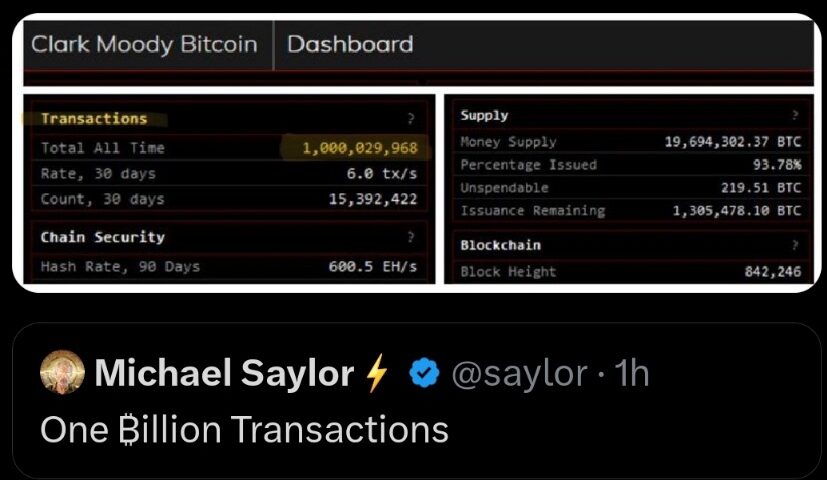In a highly anticipated event in the world of cryptocurrency, self-proclaimed Satoshi Craig Wright appeared in the High Court today to prove his assertion of being the mysterious creator of Bitcoin. However, the proceedings turned out to be a series of revelations regarding Wright’s questionable practices related to his Satoshi claims.
Judge Mellor allowed all documents pertaining to the case, denying the application filed by COPA (Cryptocurrency Open Patent Alliance). As reported by reputed sources such as Bitnorbert (@bitnorbert), the first day of oral openings saw representatives from both parties presenting their positions and highlighting crucial aspects of the case.
Central to the argument was the verification of whether the Bitcoin White Paper was indeed authored using LaTeX, as per Wright’s insistence. Representatives from COPA presented compelling evidence contradicting Wright’s narrative, stating that the white paper was actually composed using OpenOffice 2.4 instead. Moreover, they pointed to Wright’s reliance on three handwritten notes, which themselves face validity issues.
Experts concurred that the probability of the white paper being written in LaTeX was low, given its numerous discrepancies compared to the actual Bitcoin WP. Evidence suggested that the document under discussion was merely converted to LaTeX format well after the initial publication date, casting doubts on its credibility. Additionally, the edits made to the document in 2023 raised eyebrows within the legal community.
To add fuel to the fire, the authenticity of the ‘BDO Drive’, containing essential documents supporting Wright’s claims, was questioned during the hearing. Findings revealed that the contents of the drive were likely to have been copied onto the device months following the alleged creation date. Specifically, 145 files contained within the image showed clear signs of having been postdated, raising concerns surrounding the legitimacy of Wright’s claims.
As the day progressed, Judge Mellor heard testimonies refuting various facets of Wright’s allegations, ultimately painting a picture of misrepresentation and deceit. Among the falsifications highlighted were the ‘Hashcoin’-related document, whose references were tampered with; and the infamous ‘Timecoin’ white paper, dated to May 2008, yet bearing telltale signs of later manipulations.
On the topic of Bitcoin source code, Wright struggled to present concrete evidence linking him to its development. Despite identifying only two documents related to the early source code, the actual set-up notes submitted lacked sufficient probative value. Furthermore, Wright’s apparent attempt to pass off a portion of the Bitcoin code as originating from a 2013 forum post seemed amateurish and poorly executed.
Throughout the day, mounting evidence supported the notion that Wright may have attempted to deceive the public, pressured associates, and exploited loopholes to maintain the illusion of being Satoshi Nakamoto. With the second leg of hearings scheduled to commence at 14:00 local time, interested observers continue to monitor the situation closely via Twitter accounts such as Bitnorbert’s (@bitnorbert).




